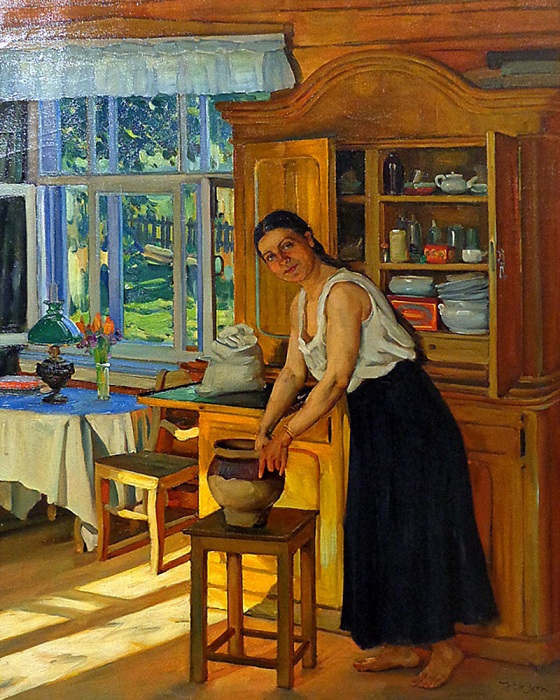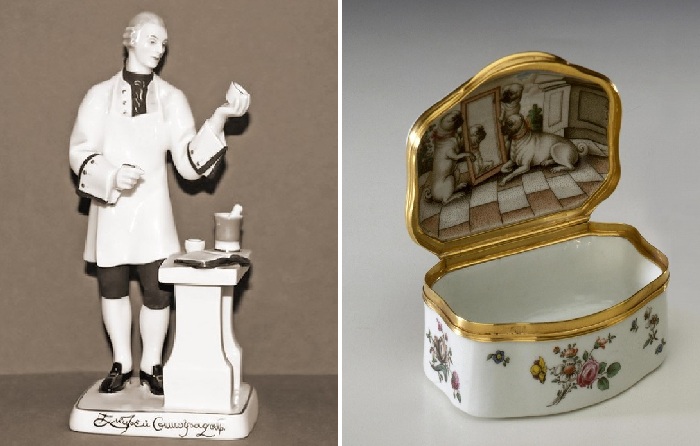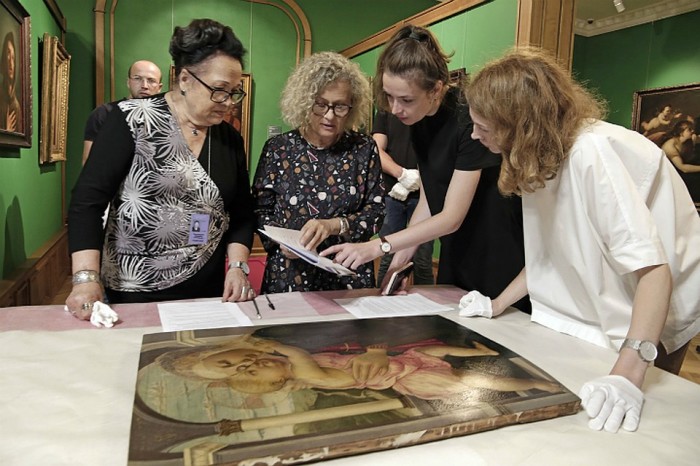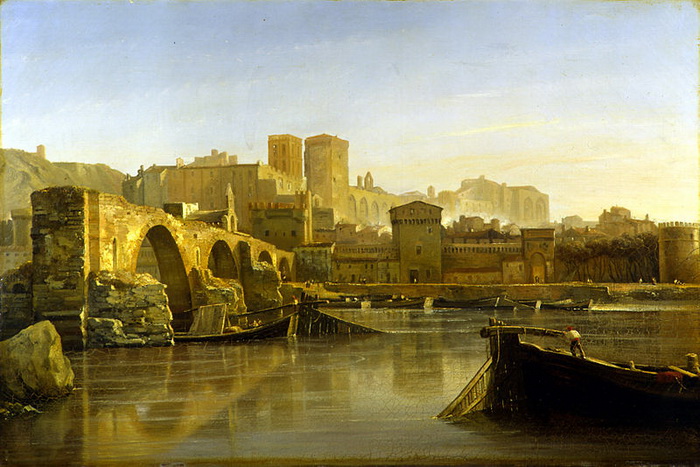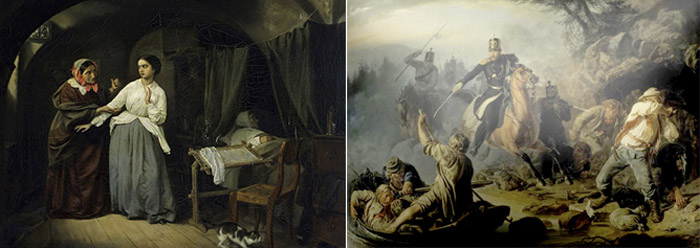several museums
How Peter Konchalovsky managed to avoid repression and why the artist was called the Soviet Cezanne
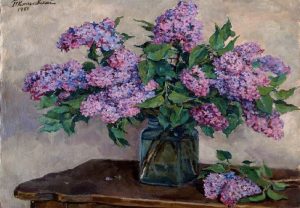 Not many painters who disobeyed the socialist regime in times of bloody repression managed to escape punishment. Today I would like to recall the name of one of them – Pyotr Petrovich Konchalovsky. In those terrible years, the artist managed to remain a “pure” painter who avoided the embodiment of socialist reality and portraits of its leaders in his creations. Moreover, to take as a basis for his work the direction of the hostile Western art, which is why he was named in his time – the Soviet Cezanne.
Not many painters who disobeyed the socialist regime in times of bloody repression managed to escape punishment. Today I would like to recall the name of one of them – Pyotr Petrovich Konchalovsky. In those terrible years, the artist managed to remain a “pure” painter who avoided the embodiment of socialist reality and portraits of its leaders in his creations. Moreover, to take as a basis for his work the direction of the hostile Western art, which is why he was named in his time – the Soviet Cezanne.
It should be noted that the great merit of Anatoly Lunacharsky, the first People’s Commissar of Education of the RSFSR, was that Pyotr Petrovich was allowed to create freely, despite the attacks of critics who longed for the proletarian coup and the ecstasy of socialist work in the artist’s works. Anatoly Vasilievich convinced the guardians of the dogmas of socialist realism that Konchalovsky in his modern day “sings the poetry of our everyday life” and, apparently, the People’s Commissar did quite well. Continue reading
“Love Letter” by Jan Vermeer: Why the lute is central to the picture
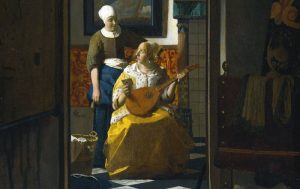 At the first glance at Jan Vermeer’s famous painting “Love Letter”, the name seems far-fetched, because the letter itself is hardly noticeable. But the lute in the hands of a woman plays a much more significant symbolic role. What does the letter contain? And what does the lute matter in the picture?
At the first glance at Jan Vermeer’s famous painting “Love Letter”, the name seems far-fetched, because the letter itself is hardly noticeable. But the lute in the hands of a woman plays a much more significant symbolic role. What does the letter contain? And what does the lute matter in the picture?
Genre painting
The paintings, which allow the observer to look at the everyday life of the depicted people, were especially popular in the XVII and XVIII centuries. They are called genre paintings, and Dutch genre art occupies an undeniable place at this stage in the history of art. A particularly popular topic was symbolism. Pictures depicting love letters can be attributed to a separate category of genre painting. Artists such as Jan Vermeer, Gabriel Metsu and Samuel van Hoogstrate have contributed to the world of art with canvases of this plot. Continue reading
Did Leonardo da Vinci have a second Mona Lisa: The Riddles of the “Iselworth Mona Lisa”
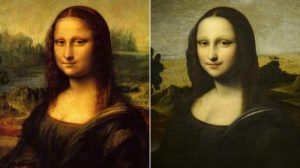 For many decades, there has been debate about whether the Iselworth Mona Lisa is a genuine, earlier version of Leonardo da Vinci’s most famous work, which attracts millions of visitors to the Louvre every year. The opinions of experts, however, vary greatly.
For many decades, there has been debate about whether the Iselworth Mona Lisa is a genuine, earlier version of Leonardo da Vinci’s most famous work, which attracts millions of visitors to the Louvre every year. The opinions of experts, however, vary greatly.
“Mona Lisa”
The portrait of the mystery woman Mona Lisa (or “Mona Lisa”) is the most famous creation of European painting. The canvas is a female waist portrait. A lady sits on the terrace against the backdrop of a foggy landscape. Her shoulders are turned three quarters, her right hand rests on her left (this position of the crossed arms corresponds to all the rules of decency), the smile is barely perceptible, and her eyes look at the viewer. It is traditionally believed that this is a portrait of Lisa Gerardini, wife of the wealthy Florentine merchant Francesco del Giocondo (hence the second name of the picture). Continue reading
